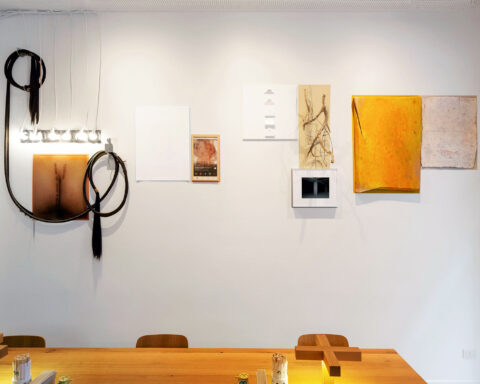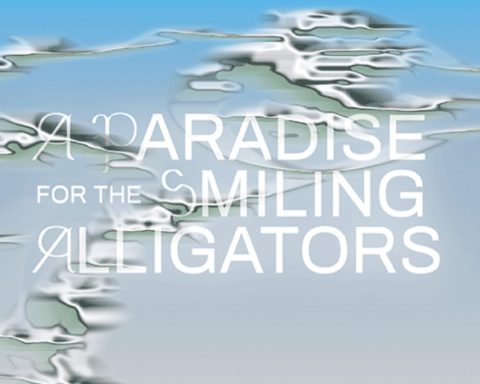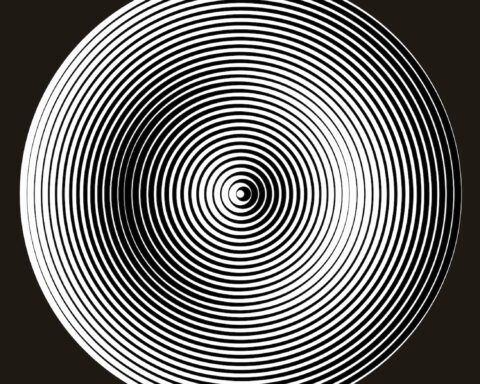I have known Mattia Bosco since the beginning of my career. I was a student at Brera Academy of Fine Arts when I met him and started to visit his studio. My opinion about his work has never changed during so many years: Mattia Bosco is one of the most profound artists and intellectuals I’ve had the chance to be in touch with.
He is a sculptor, a philosopher, an artist. Above all he is a researcher, he is his own research that flows and proceeds with consistency. His practice is shaped by the books he reads, by his studies and the culture itself. He works mostly on stone blocks and wooden pieces which he finds in nature and in Carrara’s caves. His action is an action of humility, of hearing and paying attention to the main properties of the elements he’s approaching. He only takes away the excess and enhances their forms and their own essences. As it is for a poet who could only pay the best homage they can to the words they’re using. As it is for a philosopher who wants to take care of the flow of the culture, knowing that they have nothing to add to it.
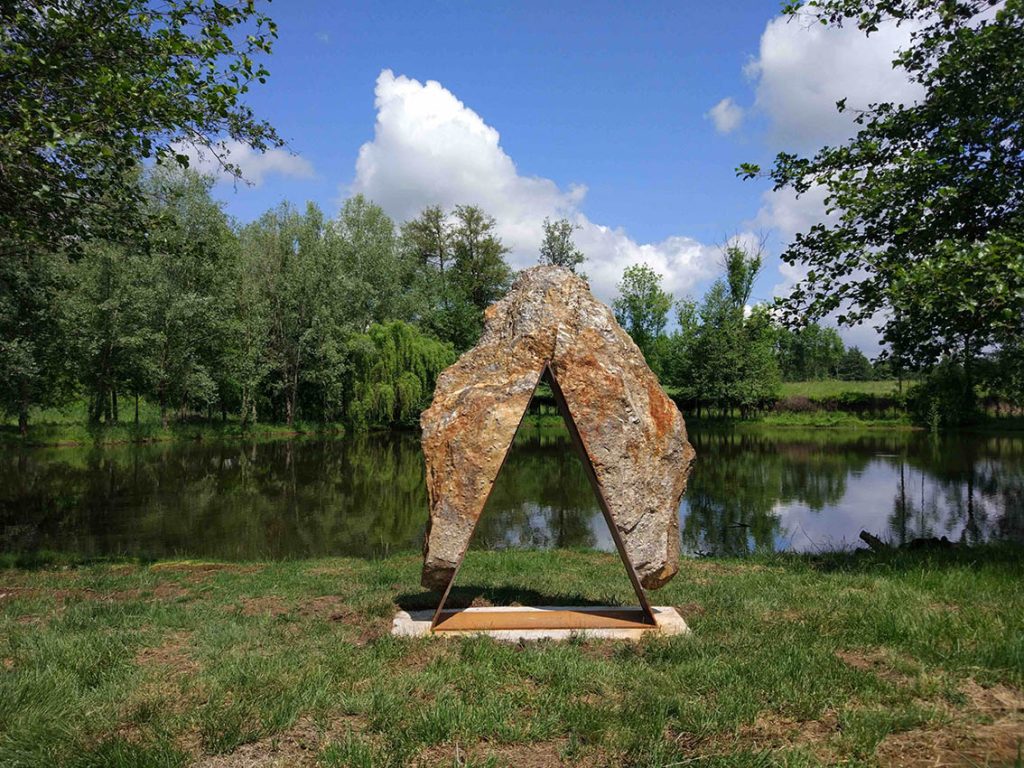
Mattia Bosco: I like to be asked surprising questions in interviews.
Marta Orsola Sironi: I will do my best! First of all, I would like to ask you to tell me about your path: you were born into a family of artists, you studied Greek and Latin in high school and then decided to enroll in philosophy. Only after many years did you choose art. An element that I have always noticed attending your studio over the years is the depth of the debate that you establish each time with your interlocutor. The same depth can be perceived in your works. I would like to focus on your training and what it has represented for you, especially in terms of how it has influenced your artistic research.
M.B.: I was born into a family of artists and for the first part of my life, during my childhood and adolescence, I didn’t intend to take that path. Many artists come from middle-class families and are initially attracted by art as a way of life, because it is fascinating and different from their own background. For me it was the norm: all my parents’ friends were artists or intellectuals. In my house there was such an unconventional atmosphere that the normality fascinated me, because for me it was something different from my daily life. I was fascinated by normal families with normal kitchens: in my kitchen there were many more products for painting and restoration than things that should normally be in a kitchen. During my teenage years, I then investigated this normality and finally realized that I had been lucky. I reappropriated the value of that cultural and anthropological difference in which I was born. My family didn’t push me to choose art, but I was born in the midst of colors, in the midst of paintings, of certain smells and a certain way of living everyday life. They never talked about practical matters but about great topics: in the world I come from, people were always arguing, having confrontations and the evenings weren’t necessarily ending well all the time. Thinking back to those debates, I’m convinced that the important thing has always been to train oneself to appreciate the beauty of the divergence of conflict, not to learn to be all conforming and aligned.
I completed classical studies and then studied philosophy. For years I did nothing but study. It was my passion and it still is: I have never stopped studying. Then there was a watershed moment: the moment of reading certain books, one book in particular, which influenced me: “The Eye and the Spirit” by Merleau Ponty. Here is a passage that was fundamental for me: “it is as if there were an urgency in the painter’s activity that surpasses all others. He is there, strong or weak in life, but uncontested sovereign in his rumination on the world, without any other “technique” except that which his eyes and his hands conquer by dint of seeing, by dint of painting, doggedly drawing from this world, in which the scandals and glories of history resound, canvases that will add very little to the anger and hopes of men, and no one finds anything to object to. What then is the secret science that the painter possesses or seeks? This dimension according to which Van Gogh wants to go further? This foundation of painting and perhaps of all culture?” So, when I read this sentence, this open question, this “foundation of painting” which for me is in general art and all culture, my whole previous path came to a reckoning. After that I started to think that art was not just a matter of paintings or sculptures but that there was something deeper, something radical at stake. It represented another way and another possibility of looking at all culture through what could be “the gaze of art.” Nietzsche in the introduction to the Birth of Tragedy writes that we should look at science with the eyes of art and art with the optics of life. It was precisely through the thoughts of philosophers about art and the sense of art as a fundamental value, that I slowly got closer to it.
These are instances in life that are difficult to reconstruct in retrospect. Another important turning point for me was the discovery of the Maestri Comacini, thanks to one of my mother’s books while she was restoring some of their stuccoes in Palazzo Serbelloni. Their schola has been a great tradition that has gone through the whole history of Western art, even though it has remained less known, far from the fame of those single names through which we are accustomed to reading the evolution of styles. The Maestri Comacini revealed to me another way of transmitting art and also another way of understanding authorship: they signed, in fact, all their works with a collective name, Maestri Comacini fecerunt and only in truly exceptional cases could an individual affix their own name. In the last centuries, up to modern art, a vision of art has instead been imposed that is much more focused on the authors than on the works, on the figures of the artists as exceptional and brilliant individuals. These are reflections that must be taken into consideration when one is about to make art, because it cannot be an unconscious practice. Likewise, one cannot be unconscious using certain words. When we speak of “artistic creation,” for example, we take it for granted that artistic activity is a creative activity, that the artist is a “creator.” In truth, the word creation is a very technical word, which originates and has its context of meaning in the theological sphere. In my opinion, all artists should experience the discovery and shock of realizing that this practice, so secular, so detached from religion, actually uses a word borrowed from theology to describe its work. With all the problems that come with it. Already on a theological level it was problematic to explain the Creatio, the Creation of the world by God ex nihilo, out of nothing: the creation of something that was not there before and then at some point began to exist. That is the creation. When we speak of creatio all theologians know well that we are talking about the way God works. It is not applicable to living beings, because they are creatures and therefore can not in any way be creators: the creatio is one and there can be no other, otherwise there would be other worlds. Endless diatribes follow this concept: the moment the term creation is imported in the artistic field, the problems are also imported. One ends up explaining a mystery with another mystery. The leap from theology to art, to the secular world, is very similar to the spill over of a virus from one species to another. If in theology there was an appropriate immune system to deal with the problems of the concept, in art there wasn’t: when we talk about artistic activity as creatio we are divinizing the artist’s work, therefore we are putting a very strong emphasis on the fact that the artist is a creator, who creates from nothing something that doesn’t exist. The Maestri Comacini show the opposite: they were educated in art and lived inside art from a very young age. It is quite different to say that art is a flow, a great collective work that concerns the making of man, than to put the emphasis on individuals, on exceptionalities, on the artist as “genius”. This second mode is extremely toxic for the artists themselves, because the moment that, having accepted such an importance of their making, they are confronted with their own paucity, they suffer much more. Many contemporary greats, such as Brancusi, have insisted on a less romantic conception of making art. We are still very romantic, giving such great weight to the identity of a single artist. To conclude, I would like to recall the way adopted by Tommaso D’Aquino to describe the making of men: the making of men is a facere de materia. This is an expression that I completely endorse. Facere de materia means “to make from the matter”, to start from a pre-existing matter, from a world that precedes us, that is already existing: therefore, it is not an act of creatio but of re-creatio, of reconfiguration. The artist is like the poet who takes words and reconfigures them, puts them in relation: the words are already there, there are their meanings and the whole history of meanings that each word brings with it. So, what the artist creates from is not created by them.
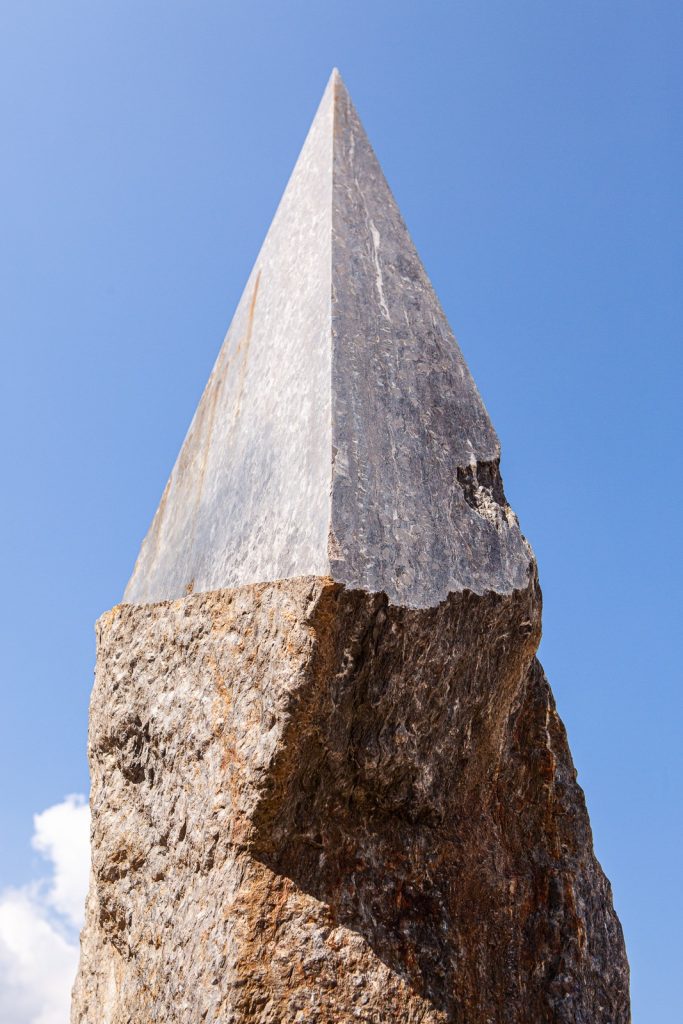
Mattia Bosco, Great Bear (detail), 2015
Black Palissandro marble 300 x 115 x 54 cm
Photo Luca Peruzzi

Mattia Bosco, Oplita, 2021 Black Palissandro marble
140 x 111 x 64 cm
Photo Luca Peruzzi
M.O.S.: I wanted to ask you about your relationship with matter. You often use the word “dialogue”: you say that matter, especially stones, answer you, that you don’t create it but you find it and then bring it to light. It seems to me very inherent to the discourse you were making.
M.B.: Yes, you are right, but one should not be indulgent with oneself when using words so full of meaning. When one uses the word “matter”, one should first of all ask oneself what matter is, if matter is there. Matter is not there. One never encounters “The Matter.” Matter is a concept, it is an idea, it is an abstraction. It is like the discard of a theory that emphasizes the idea. It is an idealistic discard and for this very reason it is itself an idea. We assume that the idea is the bearer of form and value and affects an inert and shapeless substance, blessing it. The matter in this way is exactly the rebound effect of the form. We are faced with the classic dialectic of opposites: light generates shadow, the idea generates matter. The same thing happened to the time of myth and that of philosophy: it is at the moment in which one begins to do philosophy that the previous time is defined as “mythical”. Carlo Sini has demonstrated this in many ways. The world of orality, for example, becomes the rebound effect of the coming into existence of writing. The moment some cultures adopte writing they define cultures that do not use writing as “oral cultures.” This distinction arises only from their use of writing. Similarly, privileging idea and form and design leads to the idea that design happens and idea informs matter. The matter, however, is not there: it is, in fact, a rebound effect. So as you can see, reasoning in these terms means denying this genealogy and denying, consequently, the thought according to which the artist arrives with their idea to work on something that is waiting for them to be valid. What I think in relation to my work is that there is no matter: I don’t actually work on matter, I always work on a piece of stone, on that piece of stone, which I meet and choose precisely because I recognize its already configured formal qualities. Otherwise, I could not choose between two pieces of stone. It would not explain why that piece and not the others: because that piece of stone is already the bearer of a form. This is why the idea of a form that I can put inside each piece of stone does not exist for me. If my sculptures were projects applicable to every piece of stone, I would start from the block, because the block is the embodiment of a way of understanding matter as neutral, as pure availability, as a three-dimensional Cartesian space in which it is possible to put everything. On the other hand, I always start from stones that have a precise form and work in collaboration with them, following their indications. Conceptually, it is similar to the task of crossing a mountain: you cannot go where you want, the mountain is not purely traversable, it is a great obstacle. At the same time, however, there is the possibility of crossing it by following certain paths and not others. This ancestral, peasant, practical intelligence is what I try to follow in the way I relate to stones.
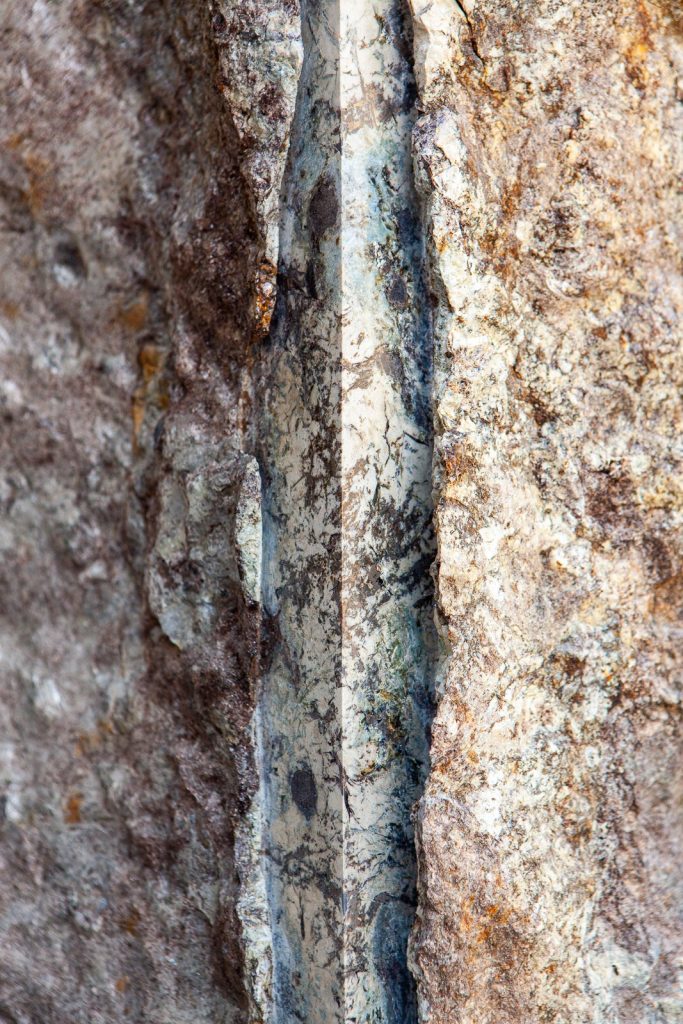
Mattia Bosco, Untitled (detail), 2019 Palissandro marble
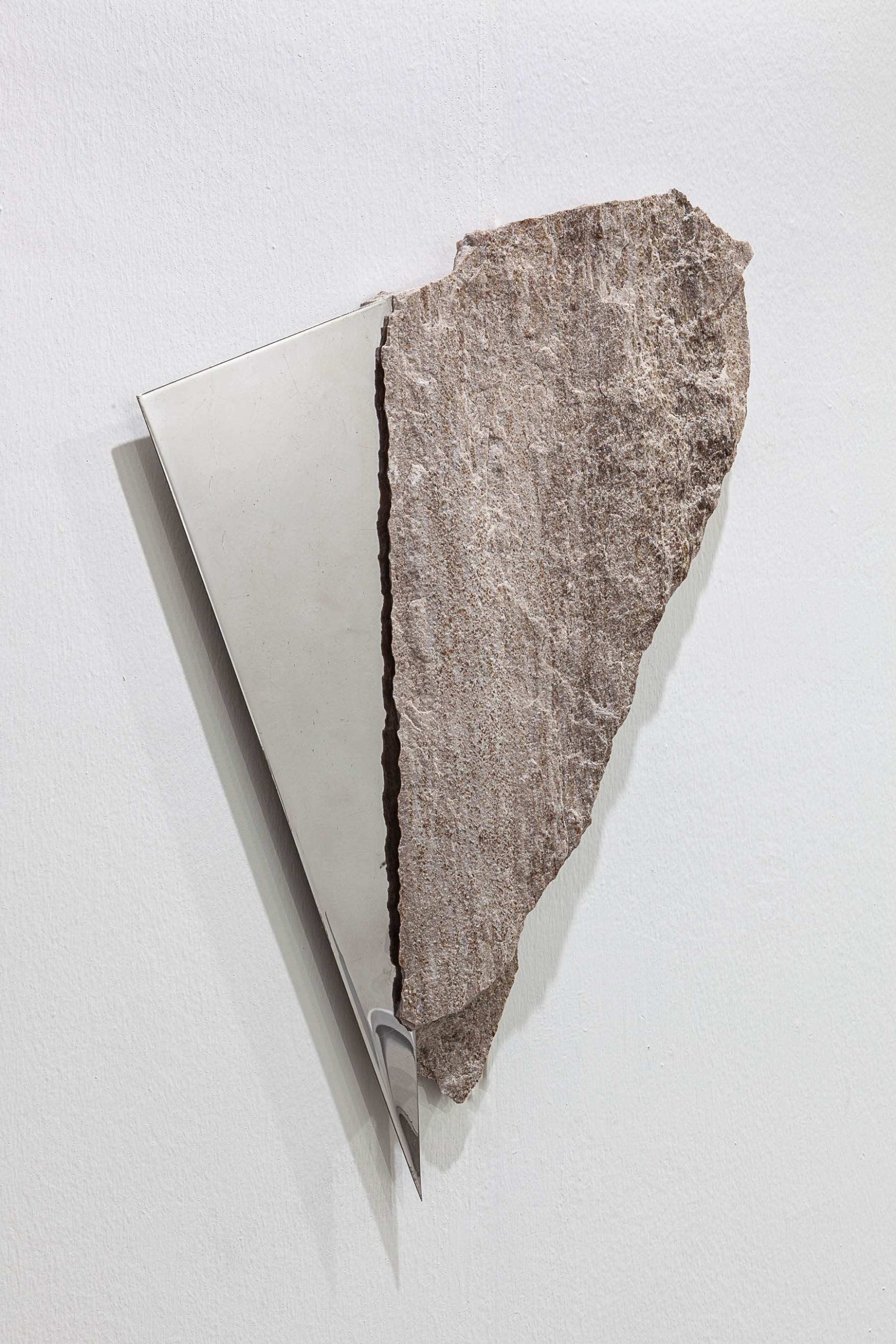
Mattia Bosco, Untitled, 2021 Palissandro marble and stainless steel
M.O.S.: I was going to ask you to explain your definition of work as a “collaborative act”, of two pieces of the world that come together in a play of forces.
It’s funny, you’re anticipating my questions. I realize that everything you say flows as an ongoing, coherent reflection that follows and informs your work. It’s what in my eyes makes your research complete and consistent.
I would now like to delve into the question of inserts of various materials into the stone: the search for polychromy through the addition of gold leaf, silver, metal, etc. At what point does the stone not only show you the way it has to be shaped, but also suggestions about colors and different materials?
M.B.: Going forward in my sculpture work I began to prefer more and more to intervene only on accents, on small areas that are highly routed towards form. When I define a plane, I do it as close to the skin as possible, entering the stone as little as possible. The effect is that of a peeling, as if the form were not far from the surface, it is in filigree, it is foreshadowed and prefigured on the surface. This makes my way of proceeding less aleatory: I reveal those planes that are already evident on the surface of the stone itself. The moment the interventions became less extensive I felt the need to highlight them. In fact, I tend to always try to dose the gold. I don’t apply it to extensive surfaces, which are already visible in themselves. I use it to amplify small pathways and trails.
Seeing the diffuse luminosity already contained in the stone, in its small inserts, I chose gold to accentuate this diffuse, auriferous component, which I coagulate in the parts I work on, also accentuating the wound aspect, as if the gold were a sort of blood crust that enhances the wound. I act in a similar way to the oriental tradition of Kintsugi, which enhances with gold the cracks in shattered and reassembled ceramics.
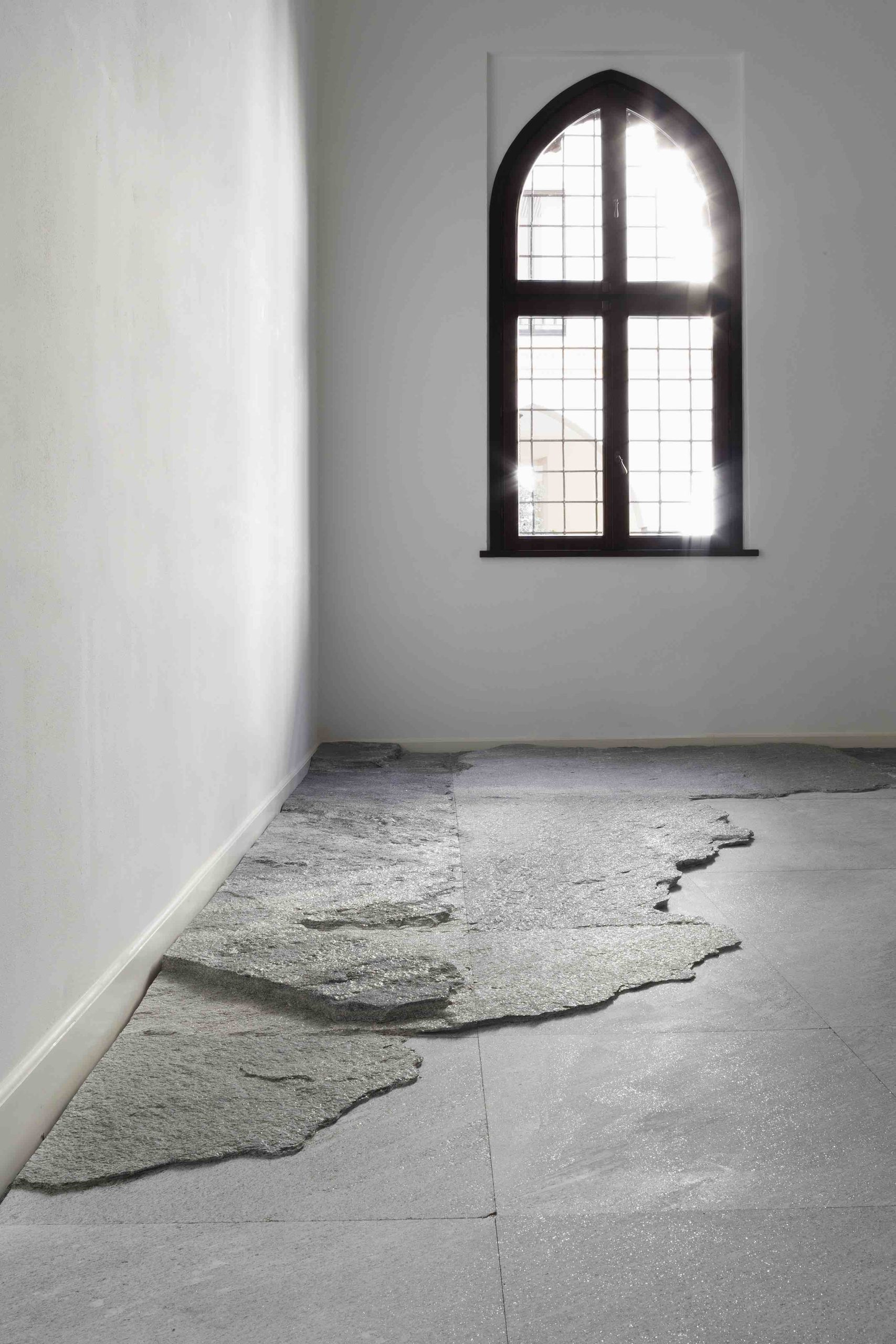
M.O.S.: Would you like to tell me about the sculptures made in other materials? Such as those in wood?
M.B.: Wood is totally different from stone. It is a living material, whose form is given by its own metabolism: the tree develops vertically because it seeks light. The structure of the tree, the way it is formed, its whole body is a great vertical thrust: a great bundle of nerves and compacted lines. What attracts me to wood is what happens when the lines become misaligned, the fibers tear, the compactness is lost. That’s what I look for in my work with wood and what I can’t find in stone, because when I get into stone the stone shatters and these fragments break away from the greater body. For wood, on the other hand, there is the possibility of holding the dynamic moment of opening, of breaking, and thus holding the broken fibers. Perhaps what interests me most in working with wood is what happens on the borderline between natural and processed wood, which instead disappears in stone.
M.O.S.: Another question I’d like to ask you concerns your relationship with those who enjoy your work. For example, I remember your exhibition at Palazzo Borromeo, where you exhibited a sort of stone floor. It made a very strong impression on me. I was wondering, therefore, if there is a search for a relationship with a hypothetical visitor or if it is an exclusive discourse with the material, which the viewer then just sees.
M.B.: When the work develops vertically, there are always figures, even if they don’t have human features. A stone placed vertically is already anthropomorphic, it resembles a man, it has an erect stature and stands out in space like a figure. It is a presence: it modifies the space it occupies and the space in which it radiates, summoning the observer.
The moment it is developed horizontally, the sculpture becomes space and coincides with it. Instead of summoning, of being a presence, it becomes the very space in which the viewer is forced to stay, modifying their relationship with the environment. It also allows them a further fruition, as it is perceived with and through the body, in moving on and within the sculpture. The work, therefore, is no longer a domesticated surface, but is perceived by moving through it.
I like both these ways of creating a relationship with those who then look at the works.
M.O.S.: What has changed for you in the last two years? Both for covid-19 and for your role in Casa Degli Artisti.
M.B.: At Casa Degli Artisti I try to create new opportunities for artists by putting myself on their side. Casa Degli Artisti has to be the artists’ home. What’s difficult is trying to make it a home for everyone. It’s a good exercise because you have to bracket your personal tastes and learn not to be one-sided. It’s not easy.
As for the pandemic, however, I chose during the first lockdown the isolation I wanted to experience. I went to the mountains where I usually isolate myself to work. I used the lockdown as an opportunity. This, in my opinion, has a lot to do with art: that is, the ability to make a trauma an opportunity, a mistake a possibility that opens up. If you take that kind of perspective, even when making sculpture, it’s hard to make a mistake, because you’re not fearing the mistake. There is never a definitive error, there is always matter that moves and a process of adaptation. So in fact the final result is the fruit of a dialogue, of a testing of a trajectory that one wanted to follow with the availability of the terrain. When you make art, whatever you do, you can never be sure that what you are going to do will be good, and then once you have done one good thing you can never be sure that another good thing will come back. So, in fact, you have to come to terms in advance with this existential condition, which should be experienced as propulsive, not depressive.
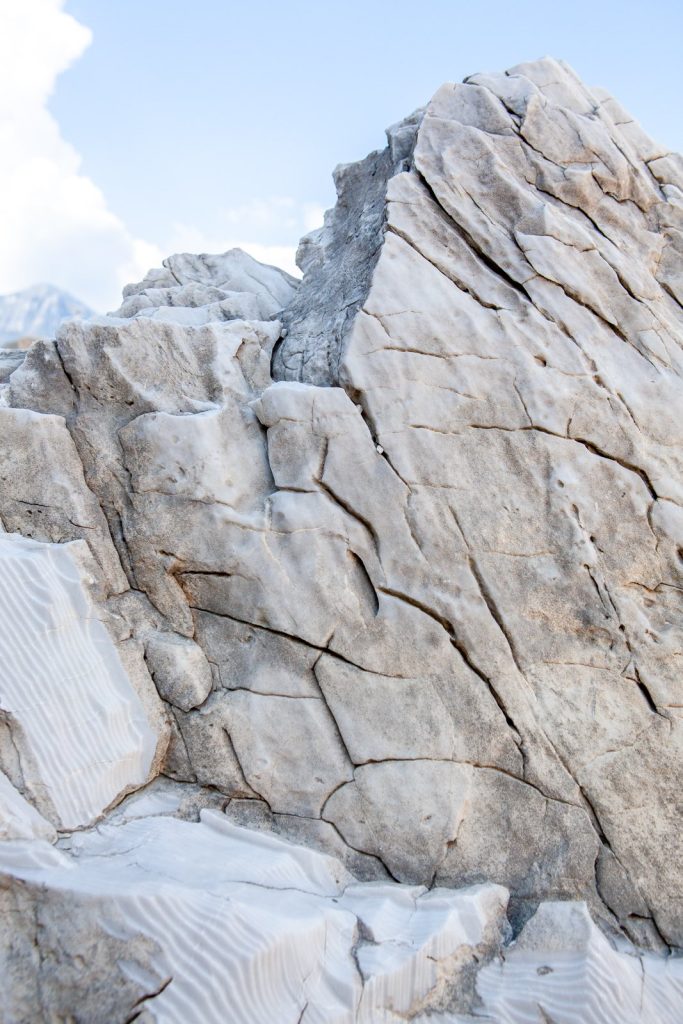
M.O.S.: It’s an excellent starting point for evaluating the last two years, especially in regards to the fact of having lived in uncertainty, of course, and of continuing to do so, but also of having had the opportunity to find a gap in time during which to be able to pick up the threads of oneself. At least that’s what happened to me.
M.B.: I leave you with the last words of Spinoza’s Ethica which in my opinion are extraordinary: “that is, hatred must be overcome by imposing love on it and that each one who is guided by reason desires for others the good that he desires for himself. Add to this what we have noted […. that is, that the strong man primarily considers that all things proceed from the necessity of the divine nature and that therefore everything that he thinks is troublesome and evil, everything moreover that seems to him impious, horrible, unjust and turpish arises from the fact that he sees things in a disturbed, fragmentary and confused way: and for this reason he strives first of all to conceive of things as they are in themselves and to remove the impediments of true knowledge such as hatred, anger, envy, derision, pride, and the other passions described above, and so, as far as he can, he strives as we have said to act well and be glad (bene agere et lætari). (Et., IV, 73, scol.).” This is the gap you were speaking of.



